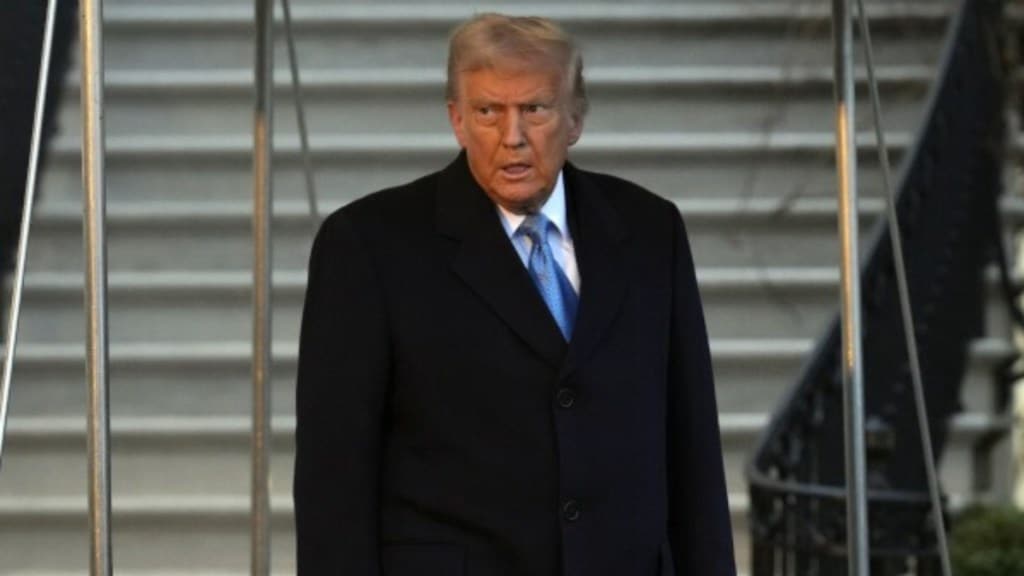By Ashok Gulati & Tanay Suntwal
US President Donald Trump has given India the moniker of “tariff king”. Is this mere rhetoric or reality? We examine here the tariff structures of G20 countries that account for roughly 85% of global GDP, 75% of global trade, and two-thirds of the population. We look specifically at simple averages, and trade weighted tariffs (TWTs) on all goods, but also separately for agriculture and non-agriculture goods. The numbers tell an interesting story.
India’s Tariff Standing in the G20
For all goods, Türkiye has the highest simple average tariff (SAT) (17.3%), followed by India (16.2%). But if one takes the TWT of all goods, India is undoubtedly the tariff king with 12%. The US, by contrast, stands at 3.3% for simple average and 2.2% for TWT on all goods (see graphic). It is thus no wonder that it points to India and many other countries, including allies, for having high tariff walls.
Lower tariffs are a sign of the inherent competitive strength of the economy. So, if India wants to be a superpower, it must develop its trade competitiveness and lower tariffs well below 10% for all goods. But it cannot be done overnight, although there is ample scope. For that, we look at tariffs on agriculture and non-agriculture goods separately.
In agriculture, there is no doubt that India is the tariff king with a TWT of 64.3%, although South Korea tops the list for SAT with 57%, compared to India’s 36.7%. Meanwhile, the US has a TWT of just 4.2%.
In case of non-agriculture products, India may not be the king, but is certainly a step behind. Argentina leads with TWT at 11.6%, followed by India at 9.2%.
So, overall, India does have higher TWTs, especially for agriculture, which makes India somewhat an outlier amongst G20 countries. But India is protective about its agriculture as it has the highest share of its labour force engaged in agriculture (46%) and the biggest population (1.45 billion) to feed, with an average holding size of just around 1 hectare. By contrast, the US has just 2% of its workforce in agriculture, the European Union has 4%, and even China has 22%.
Interestingly, China is the largest net importer of agri-products (over $100 billion in 2024). The US, which is the biggest agricultural exporter ($182.8 billion), too is a net importer ($59 billion). If the world’s two biggest economies can thrive by being net importers of agriculture, India should evaluate its comparative advantage, produce what we do best, and import what others can do more efficiently. The notion of imports being bad ignores the theory that underpins global trade.
Why India Must Reform Its Tariff Regime
Does it mean India has no scope to lower its agri-tariffs, which is holding back its trade negotiations with the US? We don’t think so. India’s agri-tariff regime is not just high, but it is riddled with irrationalities. Edible oils, one-third of India’s agri-imports, face just 10% duty. Cotton duties are slashed to zero, and yellow peas face negligible tariffs. Almonds attract below 15% duty, while walnuts and chicken legs face duties above 100%. Apples attract 50% and blueberries 30%, but skimmed milk powder is at 60%. Food preparations such as soft drink concentrates, custard powder, and lactose syrups face 150%. The paradox is the most stark for rice—India is the world’s largest exporter, yet it has an import duty of 70%. Such irrational duties cannot be justified to “protect farmers”.
The 50% tariff imposed by the US on Indian goods is a wake-up call. India must reform, not retreat. First, we must rationalise tariffs, independent of Washington’s pressure. We feel no duty should exceed 50%. Raw materials should have the lowest import duty (0-10%), non-sensitive goods 10-20%, sensitive goods 20-35%, and luxury items 35-50%. In case of sensitive agri-commodities, it is better to adopt tariff rate quotas to protect farmers. Second, domestic reforms should be implemented to raise productivity. India must double agri-R&D to at least 1% of agri-GDP, focussing on precision agriculture. Fertiliser subsidy should be at top of the reform agenda—it is time to rationalise it by giving direct benefit transfer to farmers, freeing up fertiliser prices. Third, value chains must be strengthened. Competitiveness is not just about yields, but how efficiently produce moves from farm to fork.
India has already shown the capacity to reform goods and services Tax rates. Why not tariffs? The principle is similar—a clean, logical structure fosters efficiency, competitiveness, and credibility. India protects agriculture for livelihoods, but excessive protection driven by lobbies and undue caution is ultimately self-defeating. If India truly wants to claim its place as a global superpower, it must shed the tariff king crown. Imports are not enemies—they are partners in growth. Comparative advantage remains as relevant today as when David Ricardo wrote of it two centuries ago. India can either cling to its fortress of tariffs, inviting retaliation and stifling competitiveness; or it can embrace reform, rationalise tariffs, invest in innovation, and build efficient value chains. The former leads to irrelevance; the latter to resilience. India must move from being a protector of inefficiency to a competitiveness champion for the sake of its farmers, consumers, and global standing.
The writers are respectively distinguished professor and research assistant, ICRIER.
Disclaimer: Views expressed are personal and do not reflect the official position or policy of FinancialExpress.com. Reproducing this content without permission is prohibited.

